It’s nearing Christmas, and everyone knows the best gifts come in small packages. The same can be said of government and of schools, too.
Micro-schools are an emerging trend of what Education Next defines as “one-room schoolhouse meets blended learning and home schooling meets private schooling.” According to EdWeek, “The definition of a micro school is still being hammered out, but a consensus seems to be coalescing around a few core details: Schools have no more than 150 students in grades K-12; multiple ages learn together in a single classroom; teachers act more as guides than lecturers; there’s a heavy emphasis on digital and project-based learning; and small class sizes, combined with those other factors, make for a highly personalized education.”
The micro-school movement is spreading like wildfire in some places. Acton Academy, a system of micro-schools based in Austin, Texas, describes itself as, “One-room schoolhouses for the 21st century,” and has expanded to a network of more than 50 schools since its inception in 2009. What people seem to like about these tiny schools are the benefits that are also inherent in limited government and all institutions that are small in scope: They’re accessible, easy to manage, give the consumer a say in how things work and are relatively inexpensive.
“As we look at our comprehensive high schools in America, they’ve been competing over years to offer more courses, more athletics, and it increases their cost structure,” a micro-school parent told EdWeek in 2016. “We see the same thing in higher education. But increasingly, there’s a segment of their market demographic that feels overserved.
“With small buildings, few faculty and staff members, and a curriculum built largely around free, online programs, micro-schools strip education down to the bare essentials,”EdWeek also reported.
Every time education funding is cut—or even when reduction is mentioned as a mere possibility—people, usually those tied to teachers unions, raise Cain as if cutting a sliver from bloated education budgets is comparable to setting the school buildings on fire. What, I have always wondered, do they need so much money for, exactly? And will they ever have enough?
The fact that a bulk of education funding goes toward paying for the salaries and benefits of teachers and administrators explains why “how much” is not a number government school advocates are ever willing to divulge. But how much does it cost to educate a child effectively? How can a handful of textbooks, a desk, some chalk, and a teacher possibly justify increasing federal spending 36 percent since 2002?
Recommended
Micro-schools are proving the “bigger is better” myth spread by government bureaucrats is wrong. Children don’t need a $72 million football stadium or expensive, fancy, five-pound textbooks loaded up with glossy pictures to learn, thrive, and succeed. Some, in the instance of online learners, don’t need facilities at all. Others only need occasional collaboration with a few peers, as is often the case with micro-schools, to satisfy their social and learning needs.
There’s a saying in fashion about trends repeating themselves every 20 to 30 years. In this case, it’s taken more than a century for the small-school trend to come back in vogue. But unlike fashion, the trends of which are decided by the whims of zany designers, the micro-school craze is growing because of free-market, pro-liberty principles—at least for now.
Parents are fed up with the current enormous, corrupt, and wasteful public education system. It puts every unique child in the same box, and as a result, fails to adequately teach kids. What The Huffington Post calls “edupreneurs” have taken notice of the gaping market void created by the archaic government system—which never worked well, anyway—and they’re doing something about it.
“It’s getting easier to open a really cool school,” HuffPo reported in 2015. “A new wave of tiny schools are creating options for students, parents, and educators. Micro-schools vary in size, approach, and governance. Private micro-schools … help students shape a personalized path.”
Micro-schools are more responsive to students’ needs; they run more efficiently and at a lower cost. These principles are true of government, too, which is why it’s likely micro-schools will be the next target on the list of government school lackeys. For now, though, these small schools are making an important point in a big way: Schools, like government, are best in small packages.


















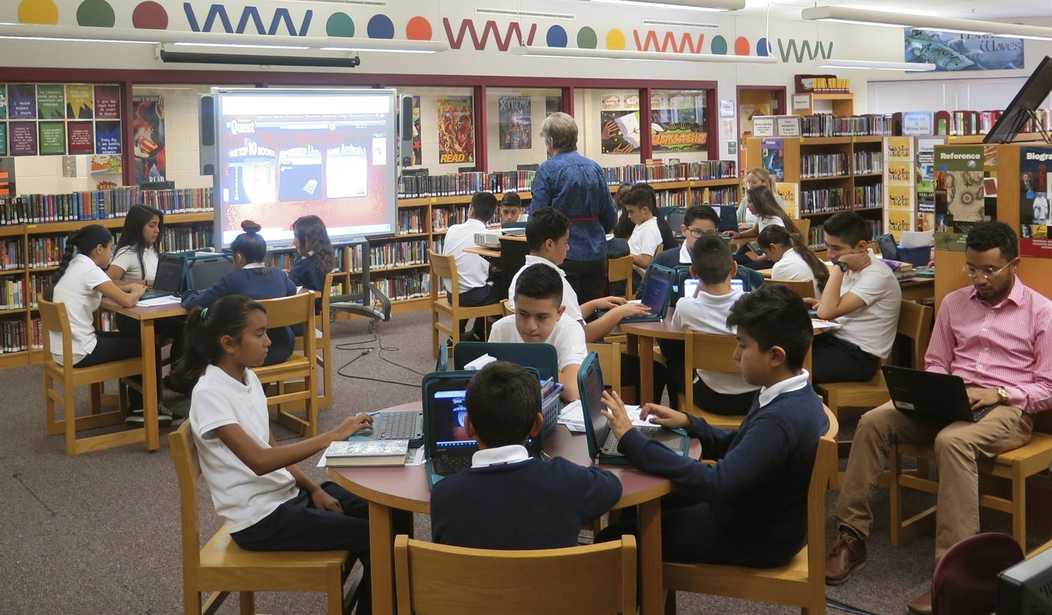

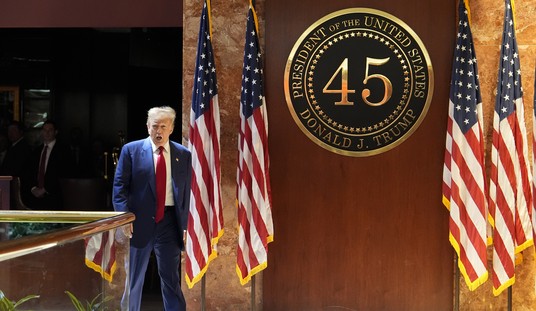
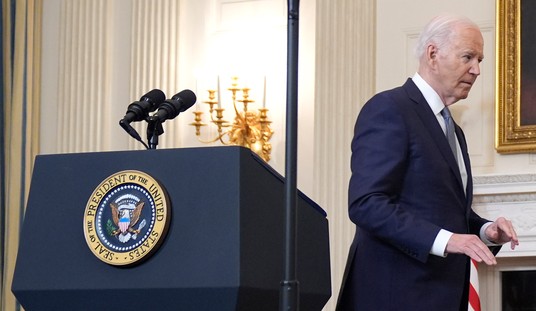

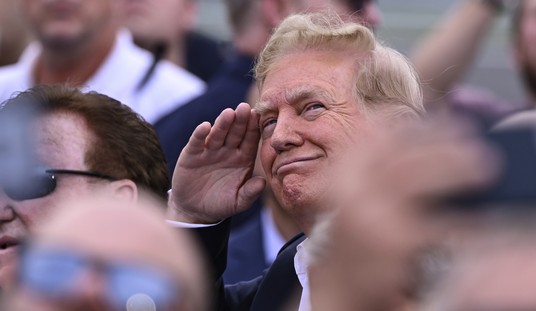
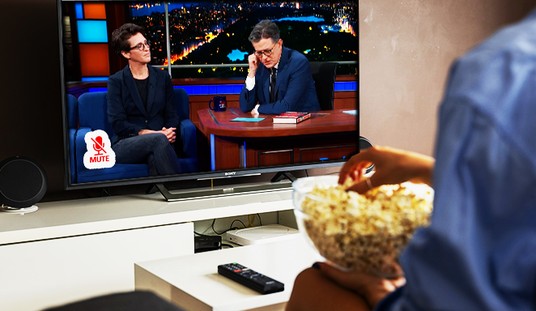
Join the conversation as a VIP Member